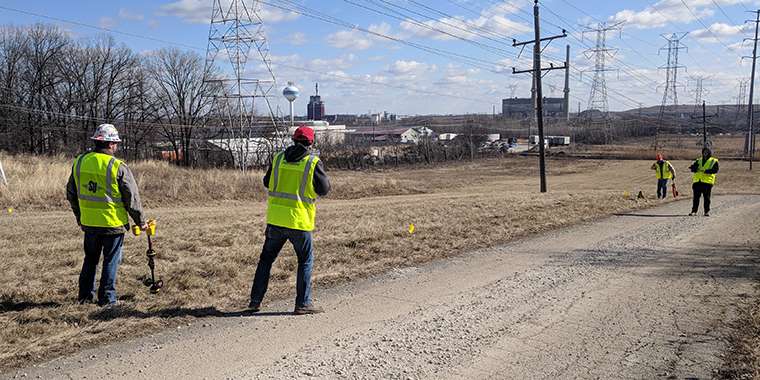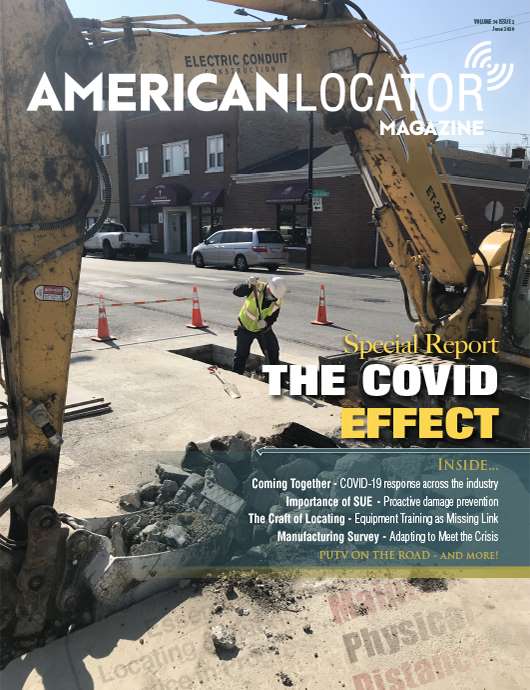Staking University: The Missing Link
Throughout my career in pipeline construction and maintenance, I have struggled to find that missing link in damage prevention. I recently discovered that missing link while attending Staking University. Over time, and across multiple right-of-ways for multiple clients, we’ve fine tuned the training for excavators to include: how to safely dig, details of machinery used, how to safely cross utilities, how to bore near and around them, working near parallel utilities, potholing and utilizing 811—among other topics. These best practices and implemented company policies have worked and have contributed to reduced utility strikes.
However, their was a missing link, a piece of the puzzle I really didn’t see until recently. What was I missing? It turns out it was the actual understanding of the locating equipment itself. Interviewing locators on right-of-ways, we found many didn’t know their equipment’s capabilities, nor how to dissect a problem when losing signal in disturbed areas, congested areas, or areas with complex underground utilities and structures. Understanding the nuts and bolts of this problem answers where we are weak in the damage prevention world. Recognizing the importance of the proper use of locating equipment has caused a shift in the industry, where we are seeing contractors utilize 3rd party locators or are begin to train locators internally to verify markings.

This Story is a Subscriber Exclusive.
Throughout my career in pipeline construction and maintenance, I have struggled to find that missing link in damage prevention. I recently discovered that missing link while attending Staking University. Over time, and across multiple right-of-ways for multiple clients, we’ve fine tuned the training for excavators to include: how to safely dig, details of machinery used, how to safely cross utilities, how to bore near and around them, working near parallel utilities, potholing and utilizing 811—among other topics. These best practices and implemented company policies have worked and have contributed to reduced utility strikes.
However, their was a missing link, a piece of the puzzle I really didn’t see until recently. What was I missing? It turns out it was the actual understanding of the locating equipment itself. Interviewing locators on right-of-ways, we found many didn’t know their equipment’s capabilities, nor how to dissect a problem when losing signal in disturbed areas, congested areas, or areas with complex underground utilities and structures. Understanding the nuts and bolts of this problem answers where we are weak in the damage prevention world. Recognizing the importance of the proper use of locating equipment has caused a shift in the industry, where we are seeing contractors utilize 3rd party locators or are begin to train locators internally to verify markings.


